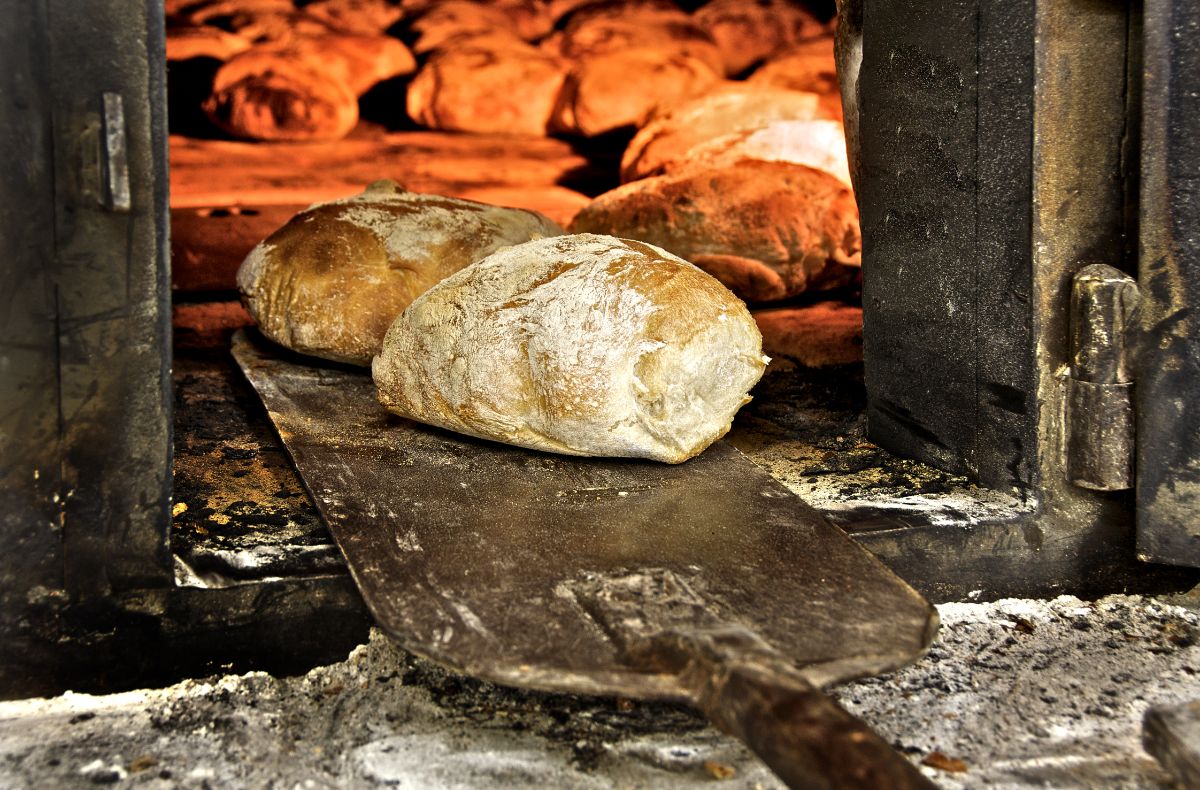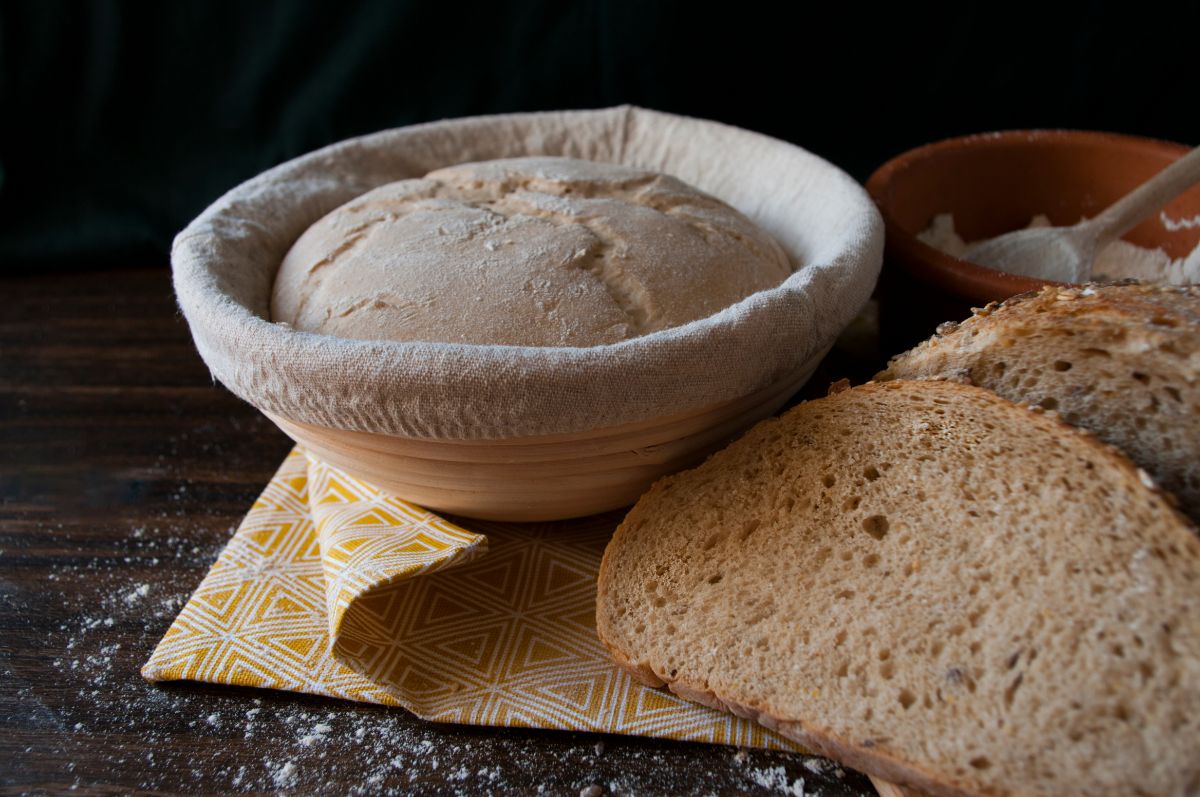Yeast is related to the mushroom and is a single-celled microorganism used in the kitchen to make bread. While there are various forms of yeast, the main difference is their moisture content. Yeast is what is used to make most of your bread products rise. Pizza dough, cakes, and bread all include yeast in their recipes, and you have to take special care of it to keep it alive.

So, does baking bread kill yeast? If you want to kill the yeast, you can accomplish this without too much trouble. When using yeast in bread, the dough is placed in the oven with active yeast, and in a few minutes, it rises the bread dough before it dies.
*This article may contain affiliate links. As an Amazon Associate, I earn from qualifying purchases. Please take that into account.
- Dutch oven
- Large mixing bowl
- Measuring cups and spoons
- Bread thermometer (fancy or a budget one)
- Scoring lame
Extra (nice to have):
- Kitchen scale
- Dough scraper and bowl scraper (yes, they are different)
- Cooling rack
- Baking stone (you don’t need a dutch oven if you use this)
👉Learn how to make bread and pizza with this awesome book.
Function of Yeast in Bread
Yeast produces carbon dioxide bubbles that allow your bread to rise; this is what is called a ‘leavening’ agent. Baking soda or baking powder are chemical leaveners and are different from yeast which produces gas as part of its feeding process.
The yeast will consume sugar from the bread dough and then excrete carbon dioxide; this is what makes your dough rise.
The yeast will also produce alcohol and other by-products to add a unique flavor to your bread. Putting the bread dough into the oven at a high temperature kicks the yeast into overdrive, which will make the dough rise quickly.
The risen dough will then be set into that shape within just a few minutes, and the yeast will then die.
How Does the Yeast Make Bread Rise?
Millions of air bubbles get trapped during the mixing and kneading of bread dough. These air bubbles are spread throughout the dough during this process. While this is happening, the yeast metabolizes the sugars and starches in the flour and turns them into carbon dioxide gas and alcohol.
The network of air bubbles gets inflated by the gas, which makes the dough rise. As the dough rises, the yeast multiplies to create more carbon dioxide. As long as you provide enough air and there are enough carbohydrates in the dough, the yeast will continue to increase until the heat from the oven kills it.

In most bread recipes, you will see they allow for bread dough to rise for one to two hours. This time frame will create a perfect loaf of bread. To create a bread with an artisanal look, allow your dough to rise slower by placing it in a cool spot.
When in a cooler area, the fermentation will create a desirable secondary flavor that will counterbalance the earthiness of the yeast.
Bacteria also grow along with the yeast in your dough. This bacteria includes some of the lactic acid bacteria, which turns milk into yogurt and gives slow-risen bread a delicious taste.
The dough will rise twice in most of your bread recipes. It will form a loaf once, and you are then instructed to ‘punch’ it down, and it will create a second loaf. The first rise is when heat from the fermentation builds in the middle of the dough ball. As the yeast is multiplying, it gets packed into clusters allowing the alcohol to build along with the carbon dioxide to make the dough rise.
When you punch the dough down or stir it, the yeast is refreshed, and the hot and cold spots are evened out. This process breaks up the overcrowded yeast clusters and allows for a release of the built-up alcohol.
This buildup would result in your bread, having an off-flavor, and could potentially create a toxic environment that would kill the yeast. By punching the dough down, you aerate the loaf for a second rising and before you bake it.
What if the Bread Does Not Rise?
There are several reasons your bread did not rise:
- Dead yeast – If you open a package of yeast, it should smell yeasty or earthy. If it doesn’t, you should ‘proof’ it’s liveliness by combining it with some warm water and a pinch of sugar. If the yeast is good, it will make a bubbly mass within ten minutes.
- Too much salt – If you add salt before the yeast has had a chance to multiply, you may have dehydrated the yeast. This process will starve it of the water that it needs to live.
- Water temperature – If the water you are using is below 70 degrees Fahrenheit, it may not be warm enough to activate the yeast. It should still work but may take longer to rise by several hours. If the water is too hot, you will kill the yeast. You should not use water over 100 degrees Fahrenheit for cake yeast, 120 degrees Fahrenheit for active yeast, or 130 degrees Fahrenheit for instant yeast. You will kill any yeast if the water is over 138 degrees Fahrenheit.
- You did not punch down – If you have not punched or stirred your bread dough down once, it has allowed for alcohol to build up and kills your yeast.
The slower you allow the dough to rise, the less yeast will you need. You will be able to control rising times that fit your schedule when you vary how much yeast you use and the temperature of the area where you set your dough.
Different Types of Yeast
Yeast is used for more than just baking bread. It is an essential part of making wine or brewing beer as well as in creating vinegar and soy sauce. The yeasts for these products are all commercial yeasts and come from select strains of the same yeast you use in bread baking.
These are a few of other various types or strains of yeast used:
- Winemaker’s Yeast – This yeast has strains of S. Cerevisiae chosen for their vigorous fermentation and tolerance capabilities.
- Brewer’s Yeast – There are two basic types of Brewer’s Yeast; top-fermenting and bottom-fermenting. The Saccharomyces cerevisiae rises to the top during the fermentation of brew and is excellent for stouts, pale, and other top-fermented ales. The strain, Saccharomyces Pastorianus goes to the bottom of pilsners and larger fermentation.
- Yeast Extract – The yeast extract is a flavoring from the salted sludge of the strain, S. Cerevisiae, and water. This strain of yeast is popular with vegans for its nutritional value and umami flavor. It contains fortified vitamins and is an excellent source of protein as it provides nine essential amino acids.
A baker’s yeast is not the same as the brewer’s yeast or the nutritional yeast, but it does all come from the S. Cerevisiae family. Nutritional or brewer’s yeast does not have the capability of making bread rise as the fungus is killed during the harvesting process.
The nutritional yeast comes from molasses and has a sweeter flavor, while the brewer’s yeast comes from hops which have a bitter flavor used for beermaking.
